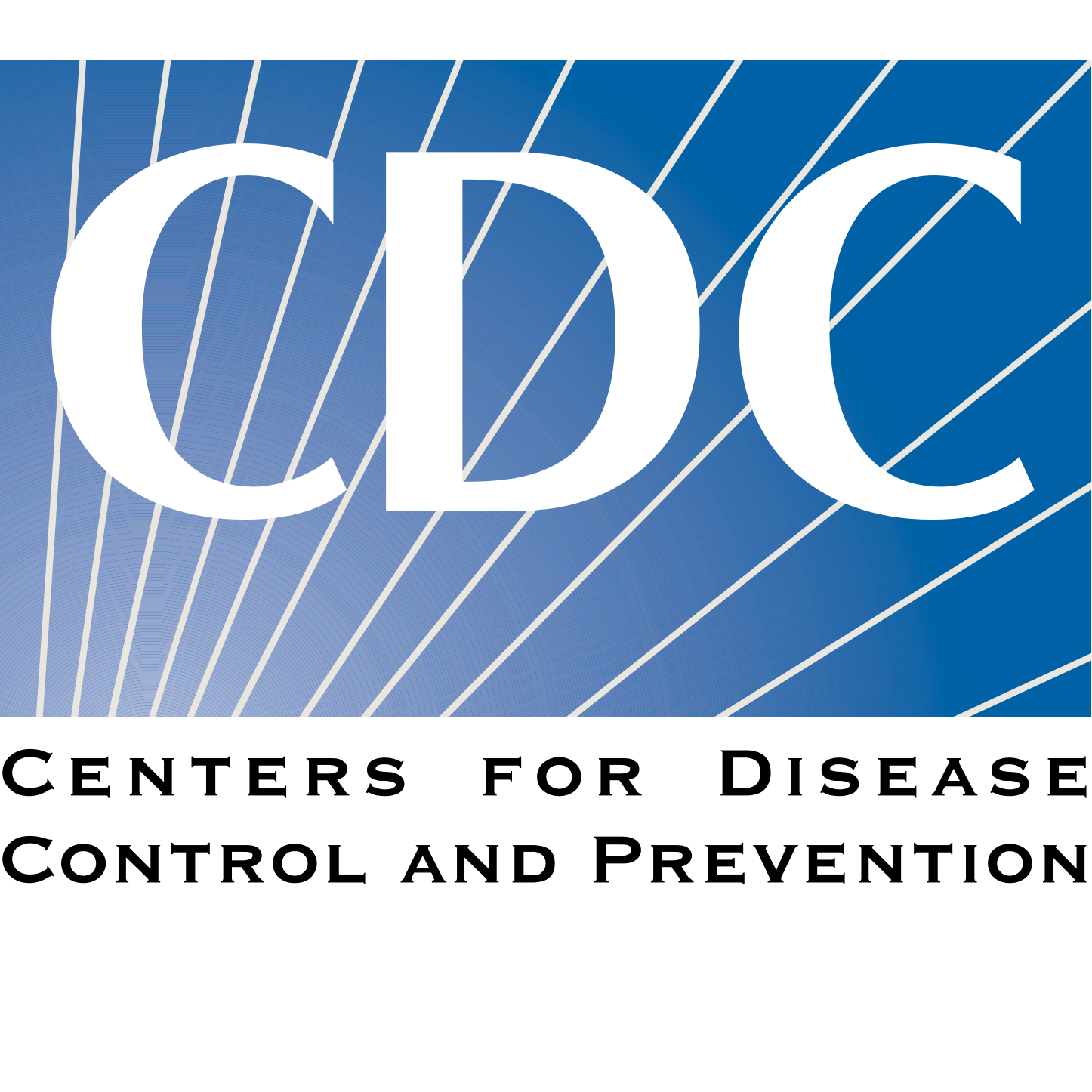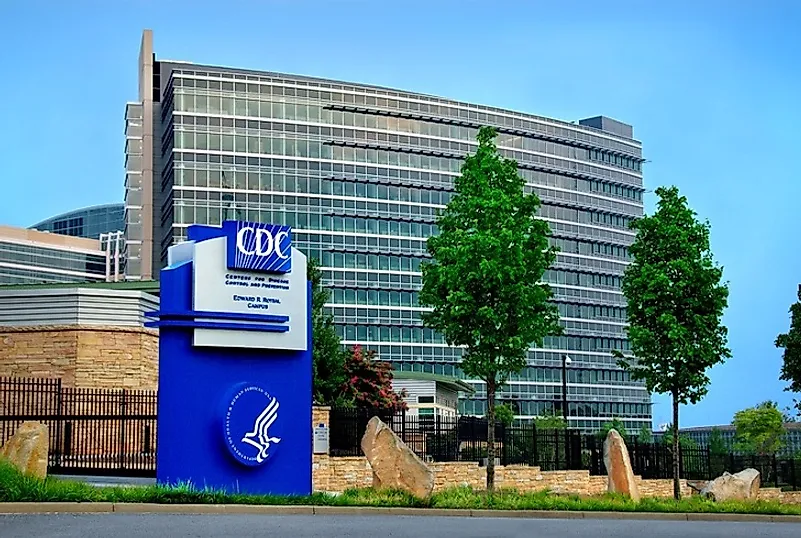CDC: Centers For Disease Control & Prevention - All You Need To Know!
Are we truly prepared for the next global health crisis? The Centers for Disease Control and Prevention (CDC) stands as America's sentinel, working tirelessly to safeguard public health and prevent future pandemics.
The Centers for Disease Control and Prevention (CDC) is more than just a government agency; it is the nation's bulwark against disease, injury, and disability. From its humble beginnings as the Communicable Disease Center, focused on combating malaria, it has grown into a global force, dedicated to protecting the health of Americans and people around the world. Based in Atlanta, Georgia, the CDC operates under the U.S. Department of Health and Human Services (HHS), wielding its expertise to create a healthier, safer world.
The CDCs structure is complex, reflecting the breadth of its mission. It encompasses numerous centers and institutes, each focused on specific areas of public health. Among these are the Center for Forecasting and Outbreak Analytics (CFA), crucial for predicting and responding to emerging health threats; the Global Health Center (GHC), working to improve health outcomes worldwide; the National Center on Birth Defects and Developmental Disabilities (NCBDDD), dedicated to the health and well-being of children; the National Center for Chronic Disease Prevention and Health Promotion (NCCDPHP), combating chronic diseases that are major drivers of morbidity and mortality; and the National Center for Emerging and Zoonotic Infectious Diseases (NCEZID), addressing the ever-present threat of new and re-emerging infectious diseases.
- Shailene Woodley From Teen Star To Activist Icon Beyond
- Brittany Ashton Holmes Now Life After Little Rascals Revealed
The CDC's influence extends far beyond its organizational structure. The Advisory Committee on Immunization Practices (ACIP), for example, develops recommendations on vaccine usage to control disease in the United States. These recommendations, once adopted by the CDC director, become official CDC policy and are published in the CDCs Morbidity and Mortality Weekly Report (MMWR), providing critical information to healthcare professionals and the public alike.
The CDC's work is grounded in science and driven by a commitment to collaboration. It partners with other federal agencies, state and local health departments, academic institutions, and private organizations to achieve its goals. This collaborative spirit is essential to effectively address the complex challenges facing public health today.
Understanding the CDC requires understanding its diverse workforce. Clinicians like nurses, doctors, and dieticians form the front lines of the CDC's efforts, providing direct care and expertise. Epidemiologists track and investigate disease outbreaks, working to identify their causes and implement control measures. Laboratory scientists conduct research to develop new diagnostic tests, treatments, and prevention strategies. Health educators communicate vital information to the public, empowering individuals to make informed decisions about their health. And public health advisors provide technical assistance and support to state and local health departments.
- Meet Courtney Taylor Olsen Facts About The Olsen Familys Hidden Sister
- The Untold Story Of Band Of Brothers Captain Sobel Fact Vs Fiction
The CDC's efforts are constantly evolving to meet the changing needs of the 21st century. It is working to strengthen its capacity to detect and respond to emerging health threats, improve the health of vulnerable populations, and promote health equity. It is also embracing new technologies and approaches to public health, such as data analytics and behavioral economics, to enhance its effectiveness.
The CDC's unwavering dedication to protecting America's health is evident in its work on HIV/AIDS. With advances in HIV treatment, progression to stage 3 (AIDS) is less common today. HIV treatment can slow or prevent progression of the disease. When people with HIV don't get treatment, they typically progress through three stages, and people have a large amount of HIV in their blood and are very contagious. By actively working with communities to reduce the spread of disease, providing vital information, and offering treatments, the CDC has played a crucial role in transforming HIV/AIDS from a death sentence to a manageable condition.
The CDC's commitment extends to various aspects of public health, including preventing the spread of disease through proper medical asepsis and promoting safety and security. The agency addresses the issues that affect millions of Americans, from food insecurity to ensuring safe water supplies, as well as the ever-present threat of emerging diseases. The CDC stands as a beacon of hope, offering expertise and resources to safeguard the health of individuals and communities.
To put the CDC's role into perspective, consider its historical evolution. What started as the Communicable Disease Center has grown into a complex network of dedicated professionals who study and prevent the spread of diseases across the globe. The agency works tirelessly, 24/7, to protect America from health, safety, and security threats, both foreign and domestic. It collaborates to create the expertise, information, and tools that people and communities need to protect their health through health promotion, prevention of disease, injury and disability, and preparedness for new health threats. The agency's mission has expanded over the years, reflecting the changing landscape of public health. From its initial focus on communicable diseases, the CDC now addresses a wide range of issues, including chronic diseases, injuries, and environmental health hazards.
The CDC's official organizational charts provide a detailed overview of its structure and components, including the Agency for Toxic Substances and Disease Registry (ATSDR). These charts help to illustrate the complex network of individuals and departments that work together to fulfill the CDC's mission. Whether it's responding to outbreaks or conducting research, the CDC's structure facilitates its ability to tackle diverse public health challenges effectively.
What does CDC stand for? Centers for Disease Control and Prevention. This acronym is recognized worldwide, and the agency has become synonymous with public health expertise and leadership. In the 21st century, the CDC continues to evolve, adapting to new challenges and embracing innovative approaches to disease prevention and health promotion. The agencys ability to navigate the complexities of modern healthcare and emerging health threats underscores its vital role in safeguarding public health. In short, government is the CDC, which stands for the Centers for Disease Control and Prevention. The CDC operates under the U.S. Department of Health and Human Services (HHS), ensuring its alignment with national health objectives.
The Centers for Disease Control and Prevention is a cornerstone of public health in the United States. Its unwavering commitment to research, prevention, and collaboration ensures that communities have the tools and knowledge they need to protect their health and well-being.
| Category | Information |
|---|---|
| Full Name | Centers for Disease Control and Prevention |
| Acronym | CDC |
| Type | Federal Agency |
| Parent Department | U.S. Department of Health and Human Services (HHS) |
| Headquarters | Atlanta, Georgia |
| Mission | To protect America from health, safety and security threats, both foreign and in the U.S. |
| Key Areas of Focus | Health promotion, prevention of disease, injury and disability, preparedness for new health threats |
| Notable Centers/Institutes | Center for Forecasting and Outbreak Analytics (CFA), Global Health Center (GHC), National Center on Birth Defects and Developmental Disabilities (NCBDDD), National Center for Chronic Disease Prevention and Health Promotion (NCCDPHP), National Center for Emerging and Zoonotic Infectious Diseases (NCEZID) |
| Key Publications | Morbidity and Mortality Weekly Report (MMWR) |
| Website | CDC Official Website |
- Shailene Woodley From Teen Star To Activist Icon Beyond
- Meet Courtney Taylor Olsen Facts About The Olsen Familys Hidden Sister

Centers for Disease Control and Prevention (CDC) Drought.gov

National Center for Immunization and Respiratory Diseases (NCIRD

Centers for Disease Control And Prevention (CDC) WorldAtlas